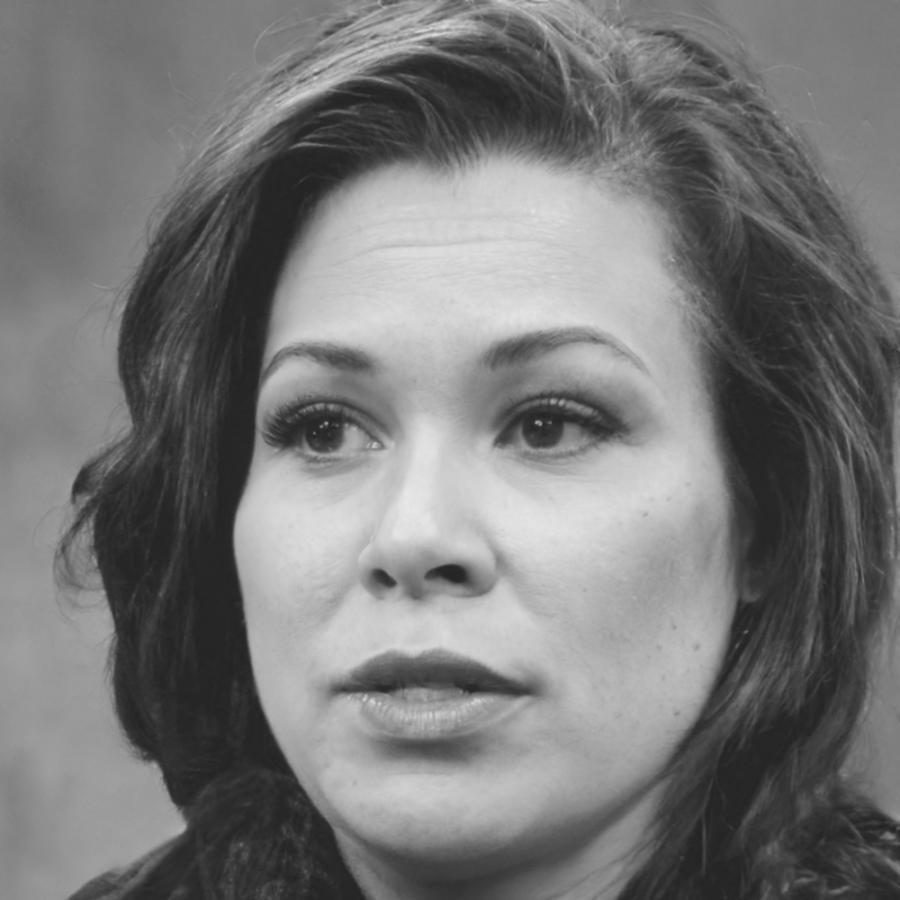What You'll Actually Do Week to Week
The program runs for sixteen weeks starting September 2025. Each
week combines self-paced analysis work with a live session where we
work through problems together and discuss where people got
stuck.
You'll spend about eight hours weekly on coursework—some weeks
less, others more depending on the complexity of that module's case.
The workload is designed around people who have jobs, so deadlines
have built-in flexibility and live sessions get recorded.
- Monday: New case material released with background reading and
initial analysis task
- Wednesday: Model building assignment due with your preliminary
recommendations
- Friday: Live group session reviewing common mistakes and
alternative approaches
- Weekend: Extended case requiring synthesis of multiple analysis
techniques




